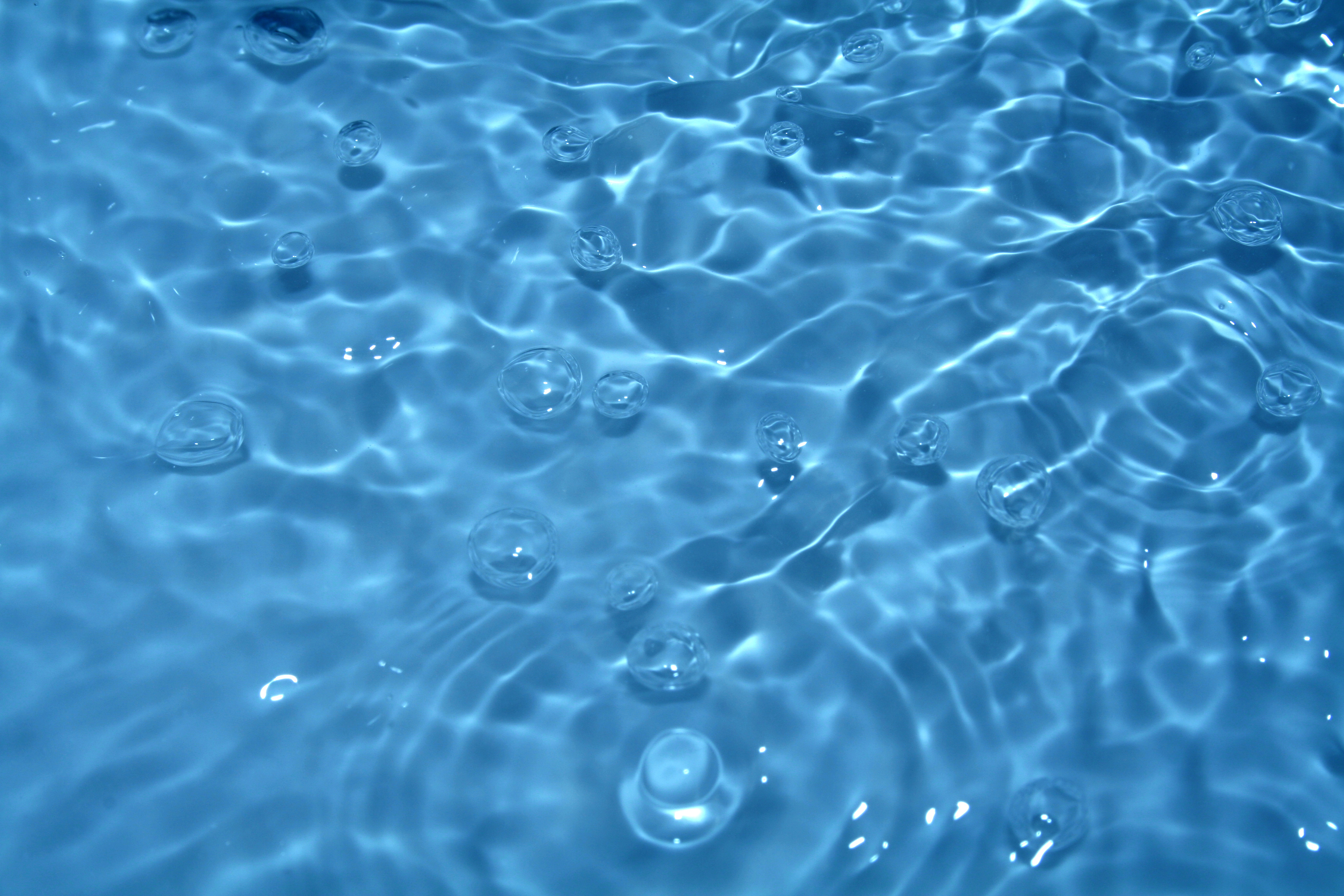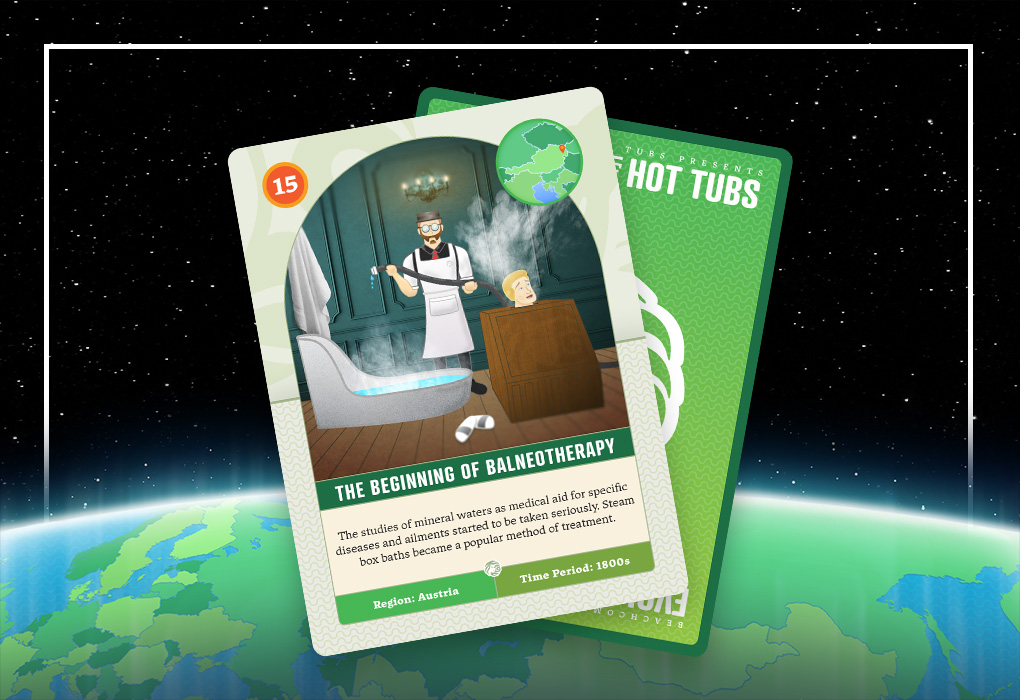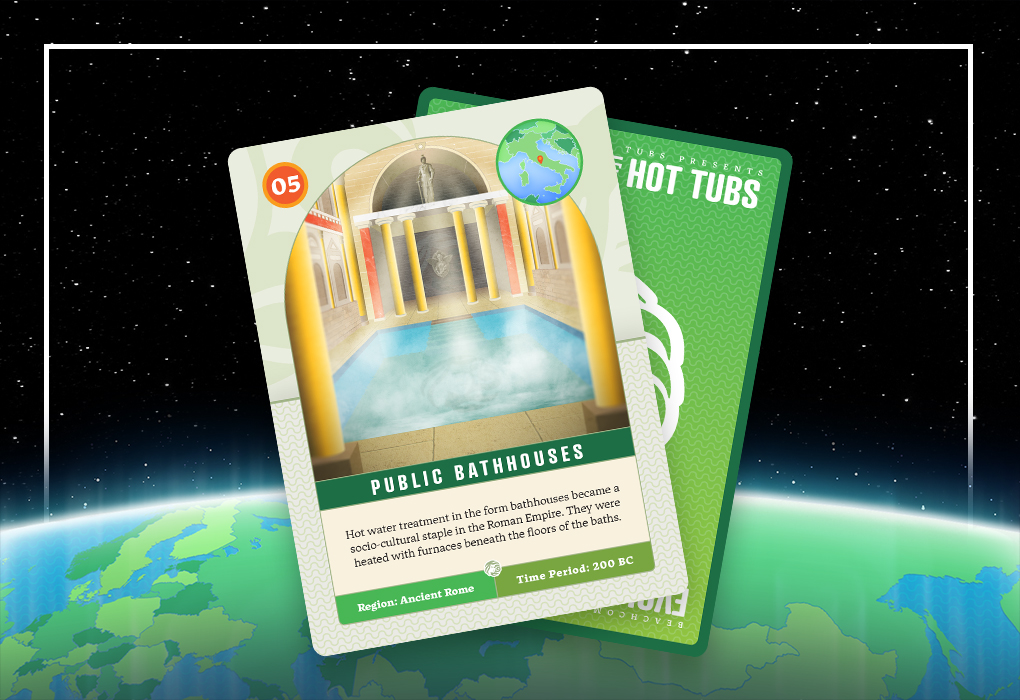Balneotherapy involved the use of baths that contain thermal mineral water. This mineral water comes from natural springs and should have a temperature of at least 20°C and with a mineral content of at least 1g/L (ScienceDirect). We know that people used thermal springs to bathe in since prehistoric times and throughout the centuries, with many theories surrounding the benefits they bring. The use of public baths and springs came in and out of popularity, and it was after therapeutic rediscovery in the 16th century that more and more research was conducted into the medicinal value of hot water bathing. This led to the coining of the term balneotherapy in later years.
The History
Despite the long history of bathing, during the 19th century the culture of baths as treatment only grew. This was due to the in-depth research into the medicinal benefits and properties of the thermal waters. As we know from previous centuries, the likes of Hippocrates and other philosophers and medics developed substantial theories surrounding water and its benefits – coined hydrotherapy. Balneotherapy differs from hydrotherapy in that it specifies the need for thermal waters. The principles of balneotherapy were famously developed by Dr Kneipp, whose bath salts are sold worldwide to this day. Various treatments such as hot and cold baths and mud packs were created and spread.
Balneology is the science that studies the healing effects of natural thermal waters, and their use in the treatment of diseases (ScienceDirect). We have seen throughout the centuries that there are endless benefits to what water treatment can do – from easing joint pain to helping clear skin disease – so it is no surprise that once medical research was there to back this us, that a greater emphasis was put on it.
During the 1800’s, national public land began to be put aside for hot springs. According to balneology.org, this is the first act of “conserving and recognizing the value and benefits of the natural mineral waters.” From there, more parks were set aside for the same purpose. This shows the value that was placed on the health benefits of the hot water. Yellowstone is an example of a popular park that was preserved for these reasons.

Benefits of Balneotherapy
Balneotherapy includes many treatments and spa therapies. It is often combined with hydrotherapy, which involves muscle regeneration and exercise in water. The benefits of balneotherapy depend on the composition of the thermal water. Some examples of balneotherapy baths:
- Spring water baths – these are thermal baths are made up of different minerals.
- Saltwater baths – these baths are naturally or artificially salted.
- Sulphur baths – these baths are spring water with a high sulphur content.
- Mud baths – this is mineral mud that is diluted with spring water.
- Oil baths – these are spring water baths with herbal oil added.
Some of the benefits of the different types of balneotherapy baths include:
- Warms and relaxes the body and mind.
- Loosens the muscles.
- Dilates blood vessels and allows blood pressure and heart rate to decrease.
Choosing the right type of bath is very important depending on what you need to treat and ensuring that you have advice from a medical practitioner is vital too.
The founding and development of balneotherapy had a great impact on hydrotherapy and hot tubs. While a lot of research had been conducted into water therapy, mineral makeup of water, and thermal springs, it was during this time that more emphasis and importance was put on it. By preserving land with thermal springs, it showed that balneotherapy and other water therapies were considered vital and effective for treating illness and pain.
Be the first to receive updates on our Evolution of Hot Tubs by downloading our infographic and signing up to our newsletter!











